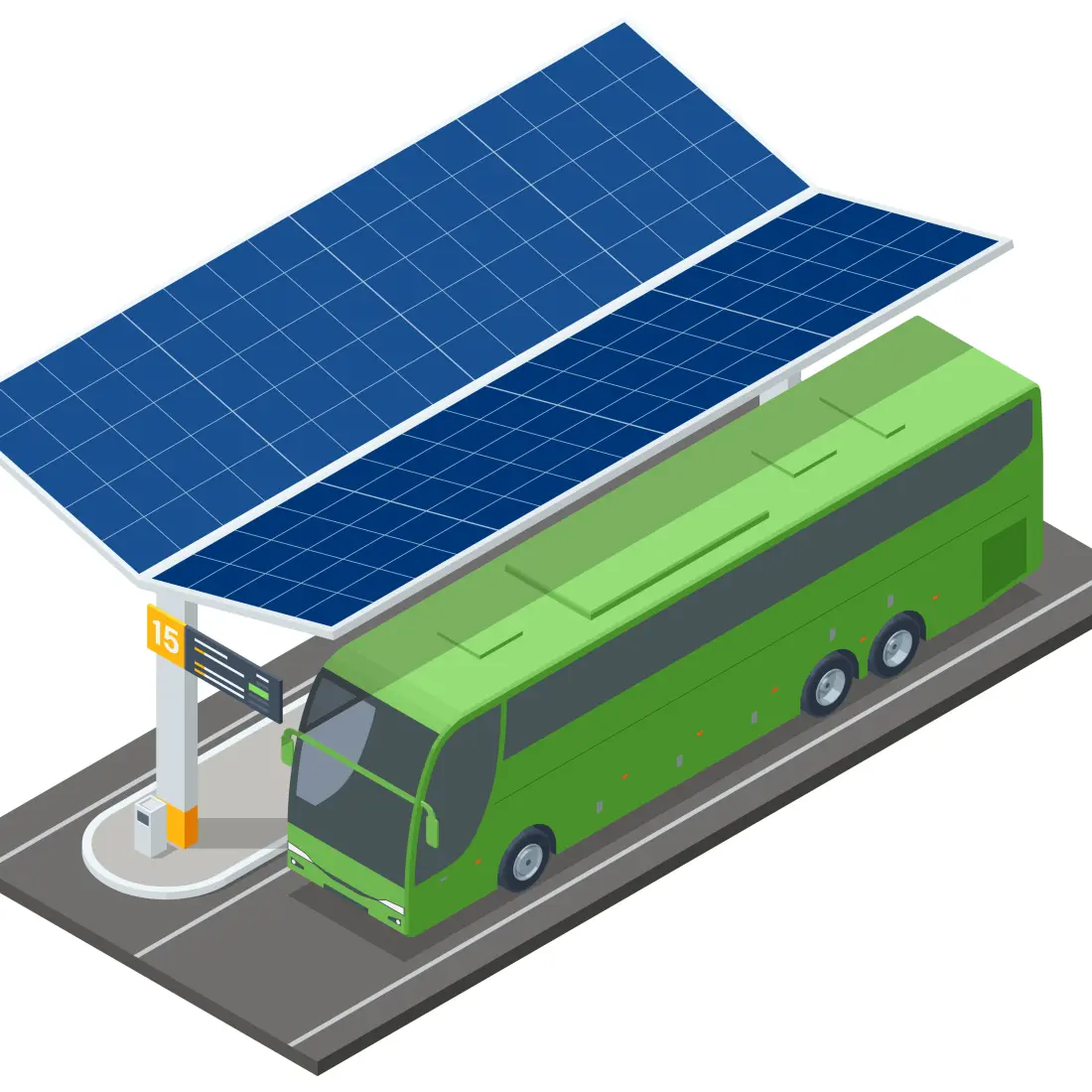7 most expected innovations in shared mobility


The idea of shared mobility is rapidly gaining popularity worldwide. This creative transportation approach involves using various modes — car sharing, bike sharing, and ridesharing — to enable convenient and cost-effective travel. It first appeared as a solution to the increasing traffic congestion and environmental problems in urban areas, but it’s also developed in suburban and rural areas. This is due to its considerable benefits, including reduced carbon emissions and user cost savings.
In this article, we’ll explore the 7 most anticipated innovations in shared mobility that will likely shape transportation's future.
1. Automation
One of the most anticipated innovations in shared mobility is automation. With technological improvements, it’s now possible to develop autonomous vehicles (AVs) that can operate without human intervention. This can also have an environmental impact that can significantly benefit shared mobility systems.
A study published in Springer Nature found that AVs could significantly lower emissions and energy consumption through efficient practices such as platooning, fewer engine starts, and smoother acceleration and braking.
This could lead to more efficient use of shared vehicles, decreasing the overall number of cars on the road and ultimately decreasing traffic congestion. Companies like Tesla and Google have already begun testing their autonomous vehicles on public roads, and it’s only a matter of time before they are incorporated into shared mobility systems.
However, there are still concerns about autonomous vehicles' safety and reliability, and regulatory frameworks must be established before they can fully integrate into shared mobility services.
2. Data analysis
Another expected innovation in shared mobility is using data analysis to understand the application of transportation modes and improve services. For example, companies can analyze data from their users' travel patterns to determine which mode of transportation is most preferred and optimize their services accordingly. This could lead to more strategic shared resource placement, reducing users' travel time and increasing the system's efficiency.
Moreover, data analysis can also help enhance safety and reduce costs. By examining traffic patterns and crash data, companies can identify high-risk areas and take necessary measures to prevent accidents. The data can also be used to schedule maintenance and repairs for shared vehicles, reducing downtime and ensuring the safety of users.
3. Route optimization
Route optimization is another expected innovation in shared mobility. It aims to reduce travel time and improve user experience. Using real-time data, companies can continuously monitor traffic patterns and adjust routes accordingly to avoid congested areas. Mobile applications like Google Maps and Waze already use this technology to provide users with the most efficient routes, but it can also be incorporated into shared mobility services.
This innovation could greatly help users by reducing travel time, increasing convenience, and ultimately enabling more people to switch to shared transportation. Its environmental impact is also significant, as shorter travel times may reduce vehicle carbon emissions.
4. Predictive maintenance
With the increasing use of technology, it’s now possible to predict maintenance needs in shared vehicles. Utilizing sensors and data analysis allows companies to recognize potential issues before they happen and schedule maintenance accordingly. This not only reduces downtime but also ensures users' safety.
Predictive maintenance could also lead to cost savings for shared mobility services by reducing unexpected repair costs and increasing vehicle lifespan. However, implementing this innovation still presents challenges, such as the cost of installing and maintaining sensors on all shared vehicles.
5. Increased sustainability through solar power
Incorporating solar power into shared mobility systems represents a significant step towards sustainability.
Solar energy can be harnessed through various configurations, including roof-mounted and ground-mounted solar panels. Roof-mounted solar panels can be installed on shared vehicles like vans or buses, providing a renewable energy source to power electric vehicle components, such as battery systems or onboard amenities. Ground-mounted solar installations at shared mobility hubs can help recharge fleet vehicles, significantly reducing the reliance on grid electricity and minimizing carbon emissions.
Conducting a thorough site inspection is crucial to identifying the best sites for solar installation. This includes evaluating the amount of sunlight received at different times of the year, the orientation of the buildings or land available, and any potential shading from surrounding structures. Strategically integrating solar power into shared mobility infrastructures will allow companies to lower operational costs and reinforce their commitment to environmental responsibility.
6. Improved accessibility
Not everyone has access to private transportation, whether due to health conditions or economic limitations. Shared mobility can address this issue by providing affordable and accessible transportation alternatives for those who can’t drive or afford a vehicle.
In the future, shared mobility services may integrate assistive technology for individuals with disabilities or offer specialized vehicles that cater to specific accessibility needs. This would significantly improve the quality of life for many individuals and promote inclusivity within transportation systems.
Further, with advancements in autonomous technology, shared mobility could become more accessible for individuals who can’t or prefer not to drive. This would open up new opportunities for transportation and increase accessibility for all.
7. Integration
As shared mobility systems continue to evolve, integration with other modes of transportation will become crucial. This could include seamless connections between shared vehicles and public transit systems or incorporating micro-mobility options such as bikes and scooters into shared mobility services.
Users can easily switch between modes depending on their needs by offering various transportation options within one system, leading to a more efficient and convenient overall travel experience.
Conclusion
The future of shared mobility is exciting and continuously evolving with technological advancements. From autonomous vehicles to data analysis, these innovations have the potential to improve user experience, increase sustainability, and make transportation more accessible for all individuals.
With strategic planning and implementation, shared mobility has the potential to revolutionize the way we travel and contribute to creating more efficient and sustainable cities.